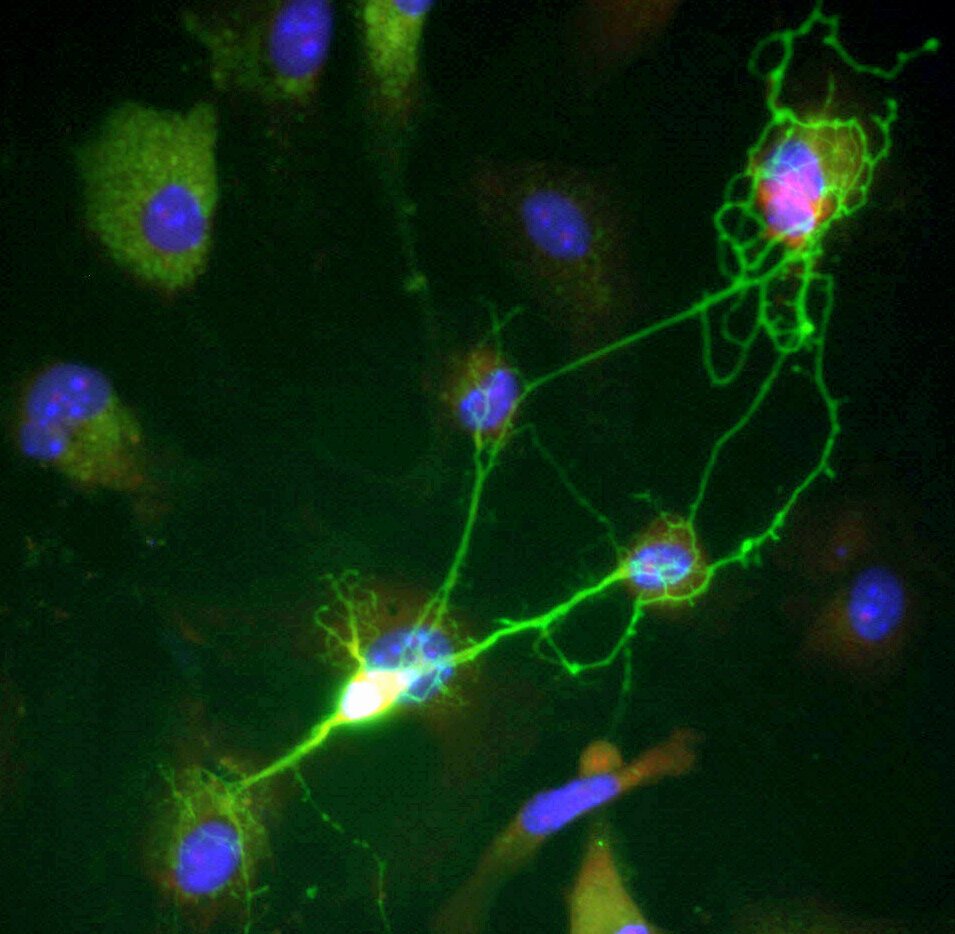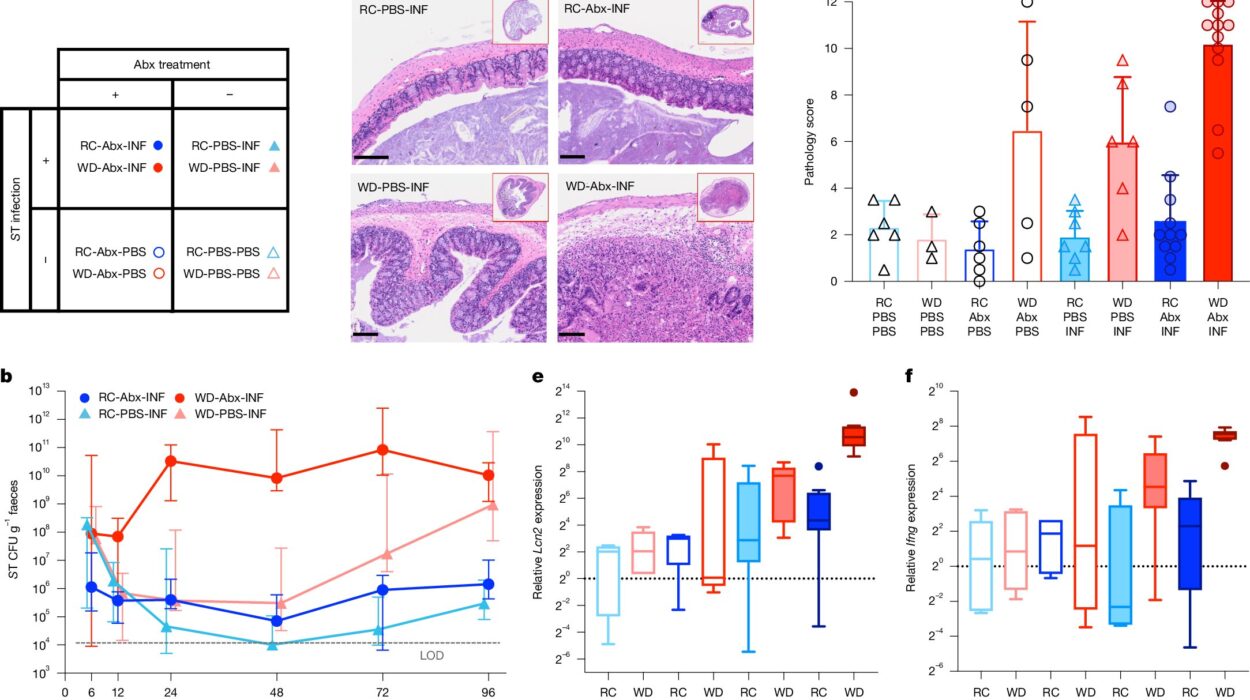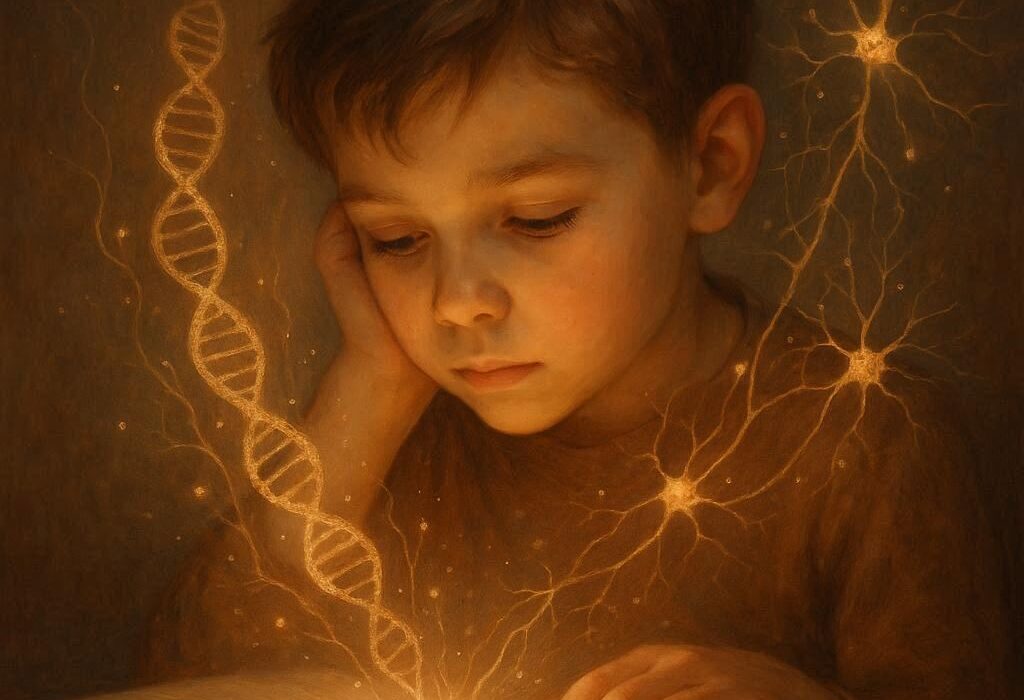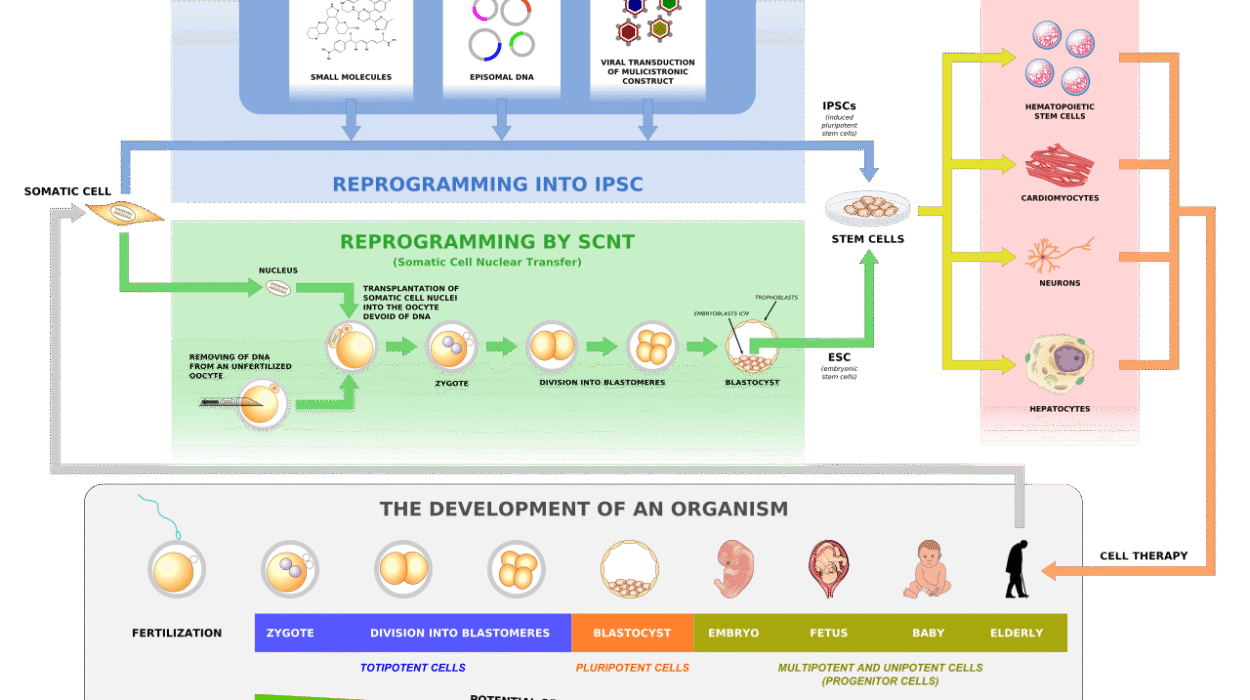In the dim silence of the adult brain, far from the bustling fireworks of early development, a quiet miracle continues to unfold: the birth of new neurons. A groundbreaking new study, published in the prestigious journal Science, has now confirmed what many neuroscientists have long hoped but struggled to prove—that the human brain continues to generate new neurons well into old age.
Conducted by researchers at the Karolinska Institutet in Sweden, the study shines a revelatory light on the hippocampus, a deep, seahorse-shaped region nestled at the core of the brain. The hippocampus is not just the brain’s memory center—it is its emotional compass, its learning forge, its sentinel of cognitive adaptability. And now, thanks to this study, we know it is also a wellspring of enduring renewal.
A Long-Standing Mystery, Now Answered
For decades, the question of adult neurogenesis—the ability of the adult brain to form new neurons—has stirred heated debate. Was the mature human brain truly capable of producing fresh neural cells, or did its plasticity freeze after childhood, as once widely believed? In 2013, Professor Jonas Frisén and his team at Karolinska caused a stir by providing evidence of new neurons in adult hippocampi, using an ingenious technique that measured carbon-14 levels in DNA—a method akin to carbon dating that could reveal when cells were born.
But that research, while eye-opening, left a vital question unanswered: were these new neurons truly formed during adulthood, or were they remnants from earlier development? The scientific community remained divided, craving more direct proof.
Now, over a decade later, Frisén and his colleagues have returned with an arsenal of powerful tools—and the answer is clearer than ever.
The Discovery of Cells of Origin
At the heart of this study lies a monumental achievement: the successful identification of neural progenitor cells in adult humans. These are the stem-like precursors that give rise to new neurons, and until now, their presence in mature human brains had remained elusive.
“We have now been able to identify these cells of origin, which confirms that there is an ongoing formation of neurons in the hippocampus of the adult brain,” said Professor Frisén, a leading authority on stem cell research at Karolinska Institutet.
To make this discovery, the researchers turned to a suite of cutting-edge technologies. They studied post-mortem brain tissue from people ranging in age from newborns to 78-year-olds, gathered from international biobanks. The team then applied single-nucleus RNA sequencing—a technique that reveals which genes are active in individual cells—and paired it with flow cytometry, which analyzes physical and chemical traits of cells.
What emerged was a detailed map of cellular development within the hippocampus. Using machine learning, the researchers tracked cells through various stages, from dormant stem cells to actively dividing immature neurons.
Zooming in on the Dentate Gyrus
The newborn neurons weren’t scattered randomly. They were concentrated in a specialized area of the hippocampus known as the dentate gyrus. This region has long been suspected to harbor neurogenesis, especially in animal studies, but now the presence of this phenomenon in humans is confirmed with unprecedented clarity.
To visualize these cells in their native habitat, the team used two advanced spatial transcriptomics tools—RNAscope and Xenium—which illuminate precisely where specific genes are expressed within tissue. These techniques showed that the dividing cells weren’t just artifacts; they were embedded in the architecture of the dentate gyrus, actively participating in the intricate ballet of brain function.
This area is intimately tied to our capacity for learning, our flexibility of thought, and our ability to distinguish one memory from another. The implications are enormous: these newly formed neurons may be helping us adapt, learn, and remember—long after the world thinks our brains have stopped growing.
Echoes of Other Species, and Human Uniqueness
Interestingly, the researchers found that the neural progenitor cells in humans closely resembled those in other mammals, such as mice, pigs, and monkeys. But there were also notable differences in gene activity—subtle variations that could help explain the unique aspects of human cognition.
Even more fascinating was the variation between individuals. Some adults had a rich reserve of these progenitor cells, brimming with potential for neurogenesis. Others had almost none. This raises profound questions about why some brains maintain their youthful plasticity longer than others—and whether lifestyle, genetics, environment, or disease play a role.
A New Frontier for Healing
Beyond its scientific elegance, this study opens doors to real hope. If we can understand how and why neurogenesis continues in some brains, we may be able to harness that knowledge to treat others.
“This gives us an important piece of the puzzle in understanding how the human brain works and changes during life,” said Frisén. “Our research may also have implications for the development of regenerative treatments that stimulate neurogenesis in neurodegenerative and psychiatric disorders.”
Imagine treatments that reignite the spark of neuron formation in the aging brain. Picture interventions that could help combat Alzheimer’s, depression, or trauma by nudging the brain to rebuild itself. With this new understanding of neurogenesis, that future feels a step closer.
The Human Brain, Reimagined
The human brain, once thought to be a static organ past early adulthood, is now revealed to be an ongoing story—a living, evolving structure that writes new chapters even in its final decades. This revelation invites us to rethink aging, learning, and mental health.
It also reframes what it means to be human. We are not merely the sum of memories formed in childhood. We are dynamic beings, capable of change, growth, and reinvention, neuron by neuron, thought by thought.
In an era where so many feel trapped by their past or limited by their biology, this study whispers a powerful truth: the mind is not a closed book. Even late in life, it can still learn to write new pages.
References: Ionut Dumitru et al, Identification of proliferating neural progenitors in the adult human hippocampus, Science (2025). DOI: 10.1126/science.adu9575. www.science.org/doi/10.1126/science.adu9575
Margaux Quiniou et al, Sequenced evidence, Science (2025). DOI: 10.1126/science.ady8328 , www.science.org/doi/10.1126/science.ady8328






